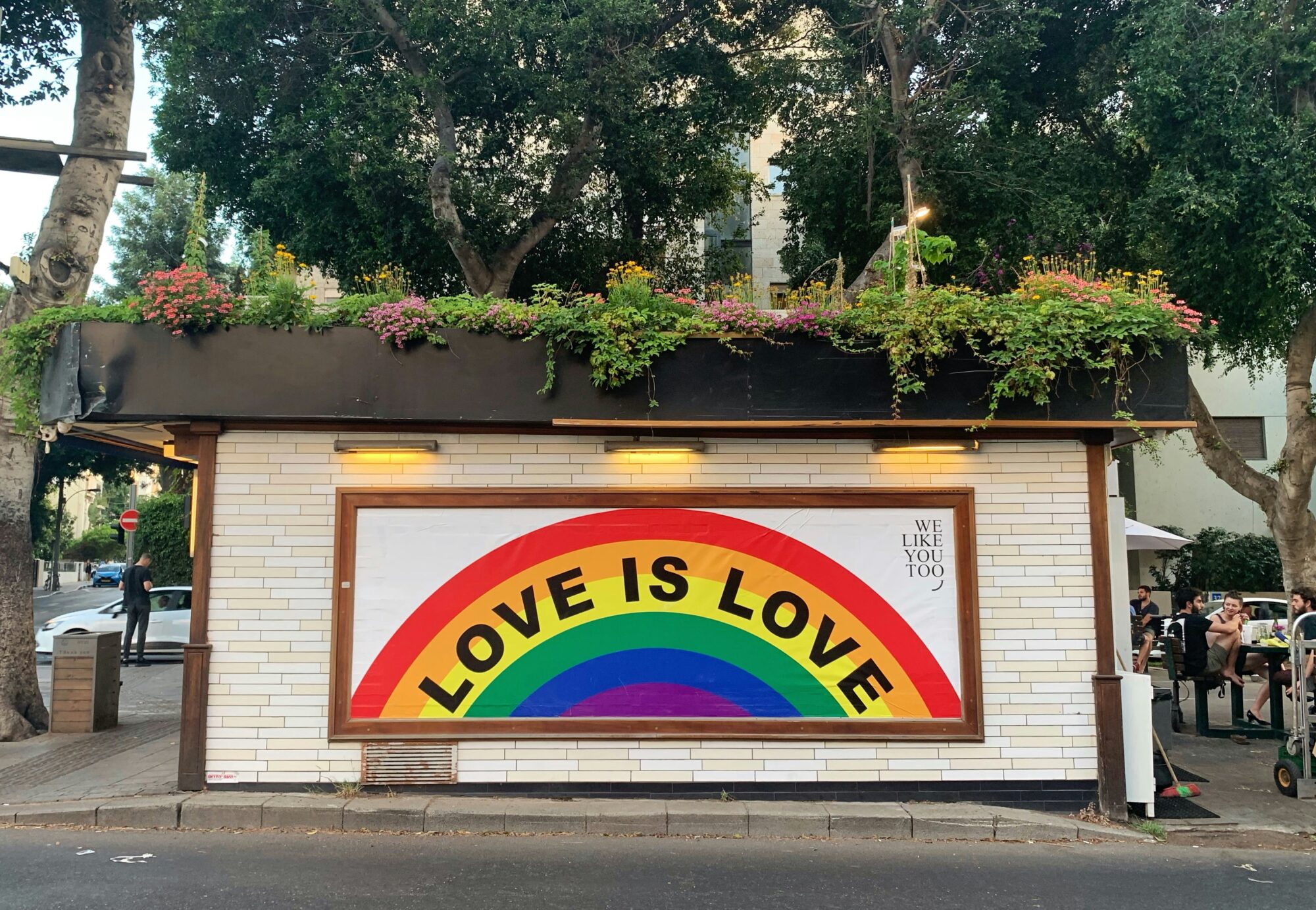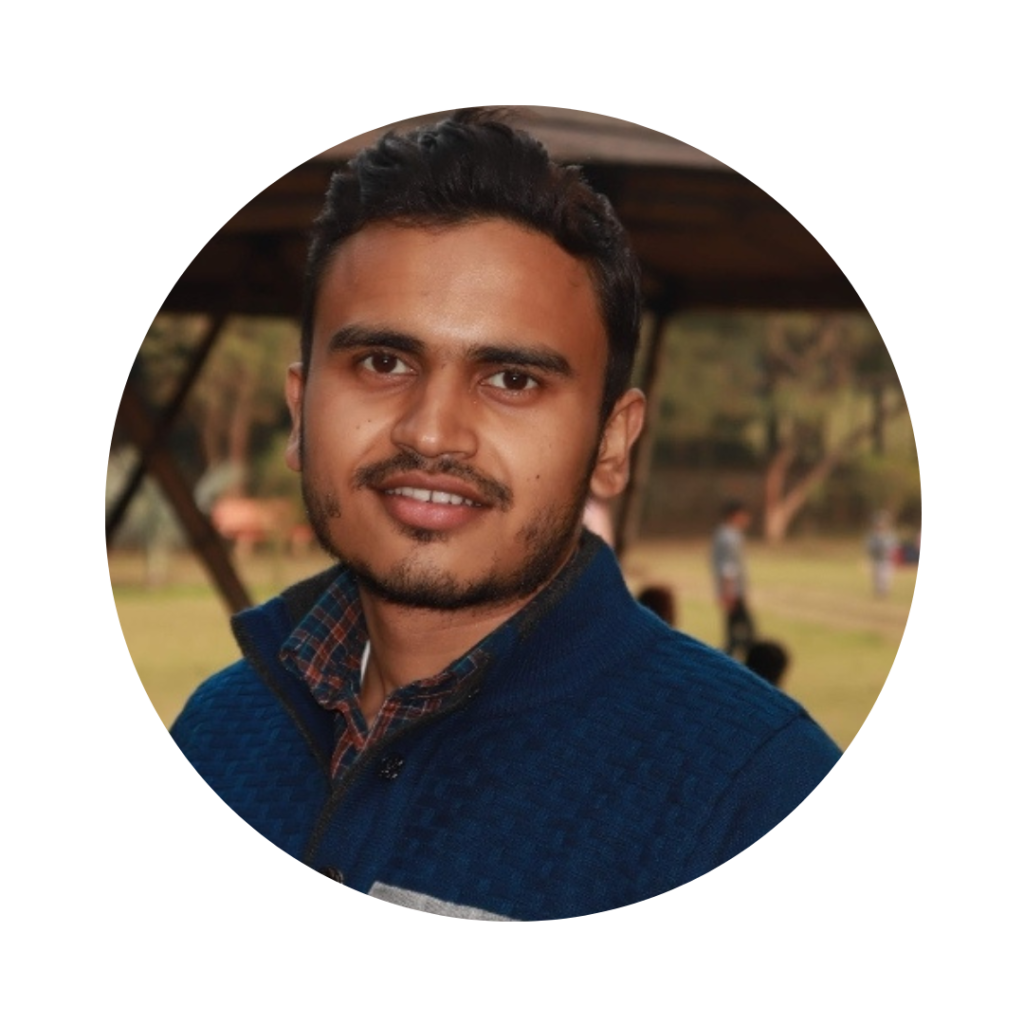Pride Month: Shining a Light on Kinkaphobia and Intersectionality
Kink, defined as “an unconventional sexual taste or behaviour,” often includes BDSM—bondage, discipline, sadism, and masochism. While the LGBTQIA+ community faces widespread discrimination, those with kinky preferences experience additional stigma, sometimes even from within the LGBTQIA+ community itself. This issue is further compounded when considering the intersectionality of disability, LGBTQIA+, and kink communities.
Intersectionality of Disability, LGBTQIA+, and Kink
People with disabilities and those from the LGBTQIA+ community often face marginalization in society. When these identities intersect with kinky preferences, the layers of discrimination can intensify. Individuals who are part of the disabled, LGBTQIA+, and kinky communities can feel alienated not only by mainstream society but also within their respective communities.
Unique Challenges Faced:
1. Stigma and Misunderstanding:
– People with disabilities are often desexualized, and their involvement in kink is either fetishized or dismissed. This adds another layer of prejudice and misunderstanding.
– Within the LGBTQIA+ community, kinky individuals may face exclusion or judgment, leading to a sense of isolation even among those who should be allies.
2. Access and Inclusion:
– Kinky spaces may not always be accessible to those with disabilities, creating barriers to participation and representation.
– The lack of inclusive practices and accommodations in both LGBTQIA+ and kink communities can lead to further marginalization of disabled individuals.
Addressing Myths about Kink:
The reason behind the stigma can be attributed to several myths. Let’s address them:
– Myth: BDSM is violent and abusive.
– Reality: Consent is at the heart of BDSM. It is not presumed but actively negotiated and can be withdrawn at any time, instantly and unconditionally.
– Myth: It is damaging and causes trauma.
– Reality: BDSM can be empowering and healing, enabling well-being and centeredness, and fostering being in the present moment.
– Myth: It’s all about pain.
– Reality: BDSM is not solely about pain. Pain might or might not be a part of the play, depending on personal preferences.
– Myth: It is not safe.
– Reality: BDSM is completely safe as long as participants know what they are doing and practice basic norms of safety.
– Myth: It is patriarchal and anti-women.
– Reality: On the contrary, the female dominant is in control, female submissives have the power to consent or not, male submissives challenge machismo, and the community welcomes gender diversity.
The Place of Kink in the LGBTQIA+ Community
The acronym LGBTQIA+ stands for lesbian, gay, bisexual, transgender, queer, questioning, intersex, asexual, and more. Some argue that including ‘K’ for kink would dilute the diversity already present. However, people are already thinking and writing about kink under the banner of queerness. BDSM is a significant aspect of some individuals’ sexual orientation. The desire to be “in” the queer community is about a sense of belonging. When we look at Pride events, the hypersexuality on display often has kinky elements. This intersection cannot be ignored.
Moving Forward
However, there’s a debate about whether kink should take a forward-facing stance within the queer community. Some believe it doesn’t fit within the LGBTQIA+ spectrum, but this doesn’t negate its validity. By acknowledging the intersectionality of disability, LGBTQIA+, and kink communities, we can strive for a more inclusive and understanding society.
This Pride Month, let’s acknowledge kinkaphobia and the additional layers of discrimination faced by those at the intersection of disability, LGBTQIA+, and kink. Let’s work together to create a more inclusive community for all.
Happy Pride Month! 🌈
Puneet Singhal
My name is Puneet Singh Singhal from New Delhi, India. I am a person with an undiagnosed learning disability and stammering. I see my life as the intersection of poverty, domestic violence, and multiple non-visible disabilities. I am a disability activist advocating for a more inclusive and accessible society for people with different, distinct, visible, and non-visible disabilities. I founded a non-profit called ssstart, working towards normalizing speech and communication disabilities. I am part of organizations like NASA, Diversability, IUCN CEC, HundreED.org and NeuroGifted.


